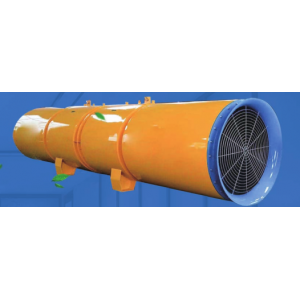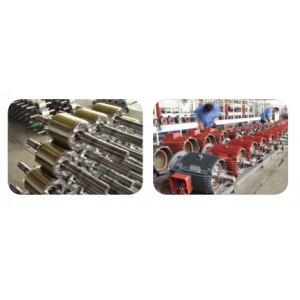Introduce the installation method of tall spac-specific heating equipment
Special heating equipment for environmental protection and high space is a device specializing in high space heating. It has the characteristics of high efficiency, energy saving, uniform heating, and environmental health.Such equipment usually integrates the functions of heat, transportation, heating, and emissions. It can adjust the direction of the inlet and outlets according to different heating needs to achieve different air supply methods.
The installation method of high -space special heating equipment is a process involving multiple steps that needs to ensure safety, stability, and meeting the operation requirements of the equipment.The following is an overview of a basic installation method:
Preparation before installation:
Prepare the required installation tools and materials, such as screw knives, wounds, wires, pipelines, etc.
Ensure the safety and cleaning of the installation site, and avoid damage to the crew of debris and dust.
Read the installation manual provided by the manufacturer carefully to understand the structure, function and installation requirements of the equipment.
Select the installation location:
Choose a place with good ventilation and air circulation to avoid humid, dark or closed environment.
The installation location should be from a certain height from the ground to facilitate air circulation and heat dissipation.
Avoid installation in places where personnel are frequently in and out to reduce interference and damage to the crew.
Unit fixed and wiring:
Use the appropriate bracket or suspension to fix the unit in the specified position to ensure that the unit is stable and will not shake.
According to the wiring diagram of the unit, the power line and signal line are correctly connected.Pay attention to the specifications and color of the wire to ensure that the wiring is correct.
After the wiring is completed, the electrical performance test is performed to ensure that the unit can start and run normally.
Debugging and acceptance:
After the installation is completed, debug the unit to check whether it runs normally, whether parameters and other parameters such as temperature and pressure meet the requirements.
Acceptance of the installation process to ensure that all steps and requirements are met.
 Pipe connection method of air
Pipe connection method of air
 Installation and debugging of
Installation and debugging of
 Advantages and adjustment meth
Advantages and adjustment meth
 How to debug a centrifugal cur
How to debug a centrifugal cur

